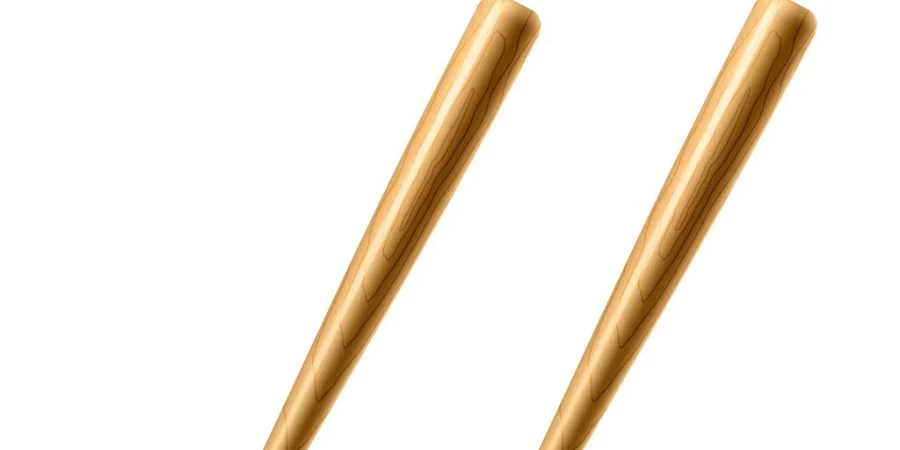Baseball bats have evolved significantly over the years, driven by advancements in technology, materials, and design. As the sport continues to grow in popularity, the demand for high-quality baseball bats has surged, making it a lucrative market for manufacturers and retailers alike. This article delves into the current market trends, key players, and regional preferences shaping the baseball bat industry.
Table of Contents:
– Market Overview
– Innovative Materials Revolutionizing Baseball Bats
– Design and Customization Trends
– Technological Advancements in Baseball Bats
– Conclusion
Market Overview
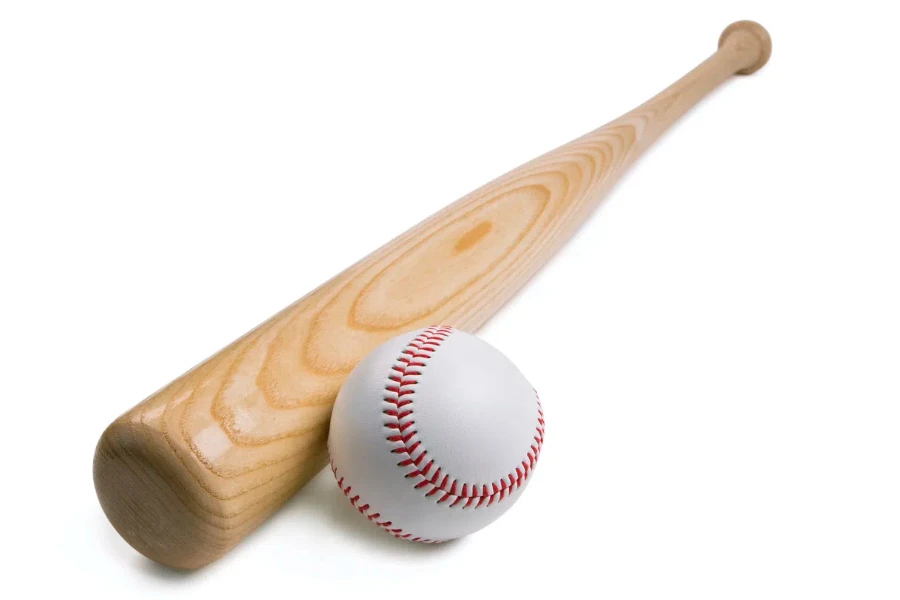
The Growing Demand for Baseball Bats
The baseball bat market has seen a steady increase in demand, driven by the sport’s growing popularity and the continuous innovation in bat technology. According to Statista, the revenue in the baseball merchandise market in the United States is projected to reach $1.25 billion by 2024, with an annual growth rate (CAGR) of 2.29% from 2024 to 2029. This growth is indicative of the increasing number of baseball enthusiasts and the rising participation in the sport at various levels, from amateur leagues to professional teams.
The surge in demand is also fueled by the adoption of online shopping, which has made it easier for consumers to access a wide range of baseball bats and related merchandise. As reported by Statista, the number of users in the baseball merchandise market is expected to reach 4.6 million by 2029, with an average revenue per user (ARPU) projected to be $304.20 in 2024. This shift towards e-commerce has opened up new opportunities for manufacturers and retailers to expand their reach and cater to a broader audience.
Key Players and Market Share
The baseball bat market is dominated by several key players who have established themselves as leaders in the industry through innovation, quality, and brand recognition. Companies such as Louisville Slugger, Rawlings, and Easton are some of the most prominent names in the market, each holding a significant share of the market. These brands have built their reputation by consistently delivering high-performance bats that meet the needs of players at all levels.
Louisville Slugger, for instance, is renowned for its wooden bats, which are widely used in Major League Baseball (MLB). Rawlings, on the other hand, is known for its advanced composite and aluminum bats, which are popular among amateur and youth players. Easton has made a name for itself with its innovative designs and cutting-edge technology, offering a range of bats that cater to different playing styles and preferences.
Regional Trends and Preferences
The demand for baseball bats varies significantly across different regions, influenced by cultural factors, local leagues, and the popularity of the sport. In the United States, baseball is deeply ingrained in the culture, often referred to as the national pastime. This strong cultural connection drives a high demand for baseball bats and related merchandise, with the U.S. generating the most revenue in the global baseball market, projected to be $9.97 billion in 2024.
In contrast, regions like Japan and South Korea have also seen a growing interest in baseball, with the sport gaining popularity and a dedicated fan base. According to Statista, the global baseball market was expected to reach $13.52 billion by 2024, with a CAGR of 4.83% from 2024 to 2029. This growth is supported by the increasing participation in youth leagues and amateur tournaments, as well as the success of professional teams on the international stage.
In conclusion, the baseball bat market is experiencing significant growth, driven by the sport’s increasing popularity, advancements in technology, and the rise of e-commerce. Key players like Louisville Slugger, Rawlings, and Easton continue to dominate the market, while regional trends and preferences shape the demand for baseball bats worldwide. As the market evolves, manufacturers and retailers must stay ahead of the trends to capitalize on the opportunities and meet the needs of baseball enthusiasts.
Innovative Materials Revolutionizing Baseball Bats
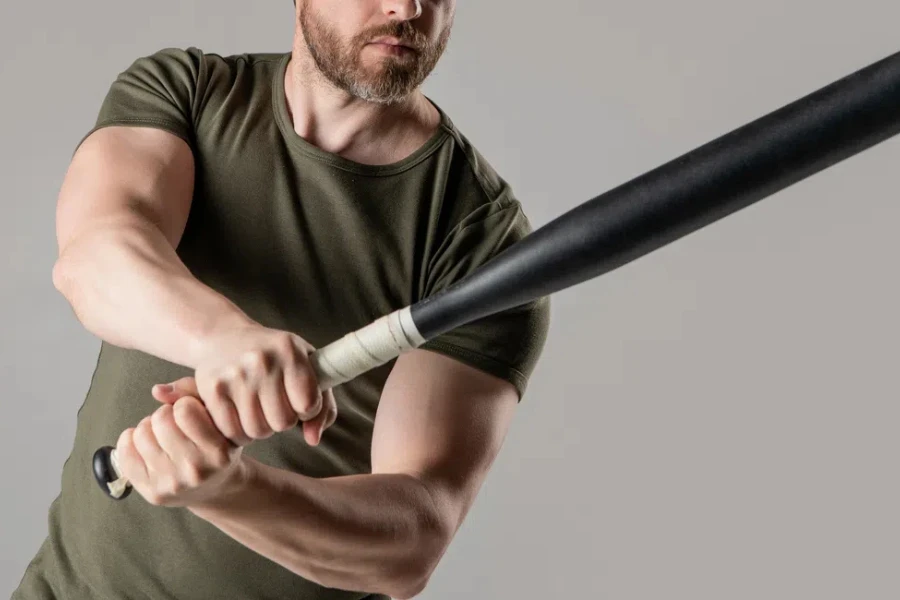
The Rise of Composite Materials
In recent years, the baseball bat industry has seen a significant shift towards the use of composite materials. These materials, which are typically a blend of carbon fiber, fiberglass, and resin, offer several advantages over traditional wood and aluminum bats. Composite bats are known for their enhanced durability, lighter weight, and the ability to produce a larger sweet spot, which can significantly improve a player’s performance. According to industry reports, the adoption of composite materials in sports equipment, including baseball bats, has been on the rise, driven by advancements in material science and manufacturing techniques.
Aluminum vs. Wood: Pros and Cons
The debate between aluminum and wood bats has been ongoing for decades. Each material has its own set of advantages and disadvantages. Aluminum bats are favored for their durability and lighter weight, which allows for faster swing speeds and greater power. They also tend to have a larger sweet spot, making them more forgiving on off-center hits. However, aluminum bats can be more expensive and may not provide the same traditional feel and sound as wood bats.
On the other hand, wood bats are preferred by many purists for their classic feel and the skill required to use them effectively. They offer better feedback on contact, allowing players to develop better hitting mechanics. However, wood bats are more prone to breaking and generally have a smaller sweet spot, which can be a disadvantage for less experienced players. The choice between aluminum and wood ultimately comes down to personal preference and the level of play.
Eco-Friendly Alternatives
As environmental concerns continue to grow, the sports industry is also exploring eco-friendly alternatives for baseball bats. Manufacturers are experimenting with sustainable materials such as bamboo and other renewable resources. Bamboo bats, for instance, are gaining popularity due to their strength, durability, and lower environmental impact compared to traditional wood bats. These eco-friendly options not only help reduce the carbon footprint but also appeal to environmentally conscious consumers.
Design and Customization Trends
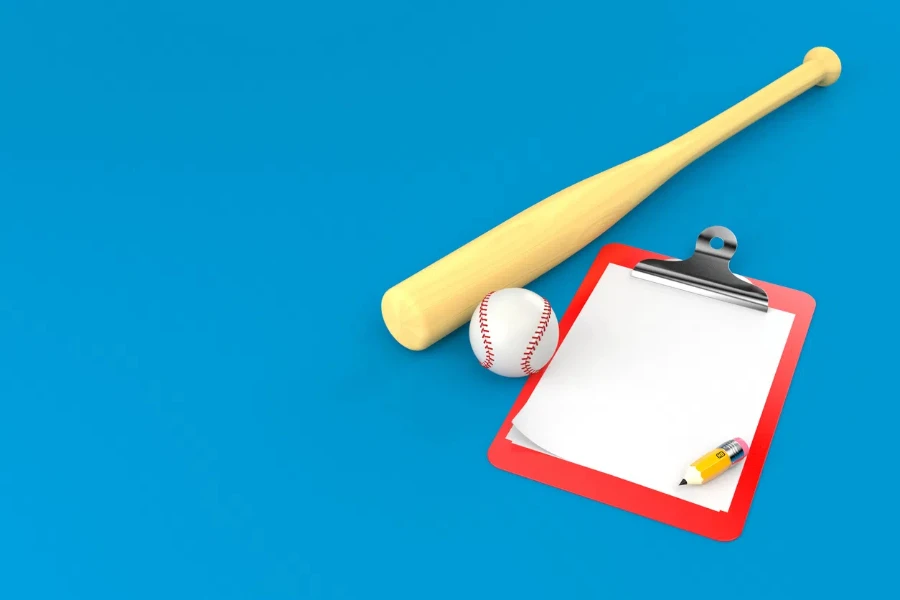
Ergonomic Designs for Enhanced Performance
Ergonomic design is becoming increasingly important in the development of baseball bats. Manufacturers are focusing on creating bats that are not only effective but also comfortable to use. This includes optimizing the grip, weight distribution, and overall shape of the bat to reduce strain and improve performance. According to a report by Euromonitor International, the trend towards ergonomic sports equipment is driven by the growing awareness of the importance of comfort and injury prevention in sports.
Customization Options for Personalized Bats
Customization is another significant trend in the baseball bat industry. Players are looking for bats that are tailored to their specific needs and preferences. This includes options for personalized engravings, custom colors, and unique designs. Some manufacturers even offer the ability to adjust the bat’s weight and balance to suit individual playing styles. This trend towards customization is not only about performance but also about allowing players to express their personality and style on the field.
Aesthetic Trends: Colors and Graphics
The aesthetic appeal of baseball bats is also evolving. Gone are the days of plain, unadorned bats. Today, players can choose from a wide range of colors and graphics to make their bats stand out. This trend is particularly popular among younger players who want their equipment to reflect their personal style. According to market data, the demand for visually appealing sports equipment is on the rise, with manufacturers responding by offering more vibrant and creative designs.
Technological Advancements in Baseball Bats
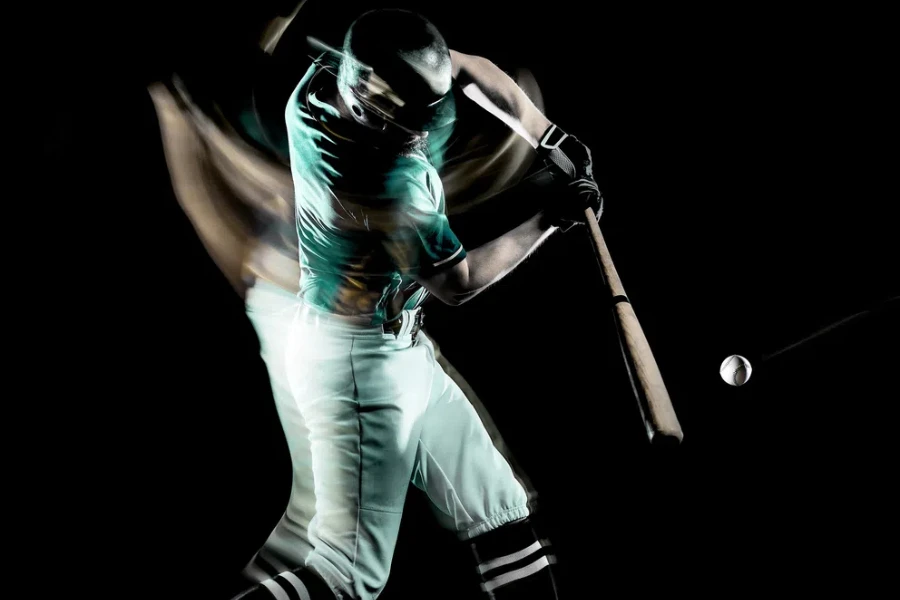
Smart Bats: Integrating Technology for Better Performance
The integration of technology into baseball bats is revolutionizing the way players train and perform. Smart bats, equipped with sensors and connectivity features, can provide real-time data on swing speed, angle, and impact force. This data can be analyzed to help players improve their technique and performance. According to industry experts, the adoption of smart sports equipment is expected to grow as technology becomes more accessible and affordable.
Vibration Reduction Technology
One of the common issues with baseball bats, especially aluminum and composite bats, is the vibration that occurs on impact. This can cause discomfort and even injury to the player. To address this, manufacturers are incorporating vibration reduction technology into their bats. This includes the use of specialized materials and design features that absorb and dissipate the energy from the impact, resulting in a smoother and more comfortable hitting experience.
Enhanced Durability and Weather Resistance
Durability and weather resistance are critical factors in the performance and longevity of baseball bats. Advances in material science have led to the development of bats that are more resistant to wear and tear, as well as adverse weather conditions. This includes the use of advanced coatings and treatments that protect the bat from moisture, UV rays, and temperature fluctuations. These enhancements not only extend the life of the bat but also ensure consistent performance in various playing conditions.
Conclusion
The baseball bat industry is undergoing a significant transformation, driven by advancements in materials, design, and technology. From the rise of composite materials and eco-friendly alternatives to the integration of smart technology and ergonomic designs, these innovations are enhancing the performance, comfort, and sustainability of baseball bats. As the industry continues to evolve, players can look forward to even more personalized and high-performing equipment that meets their unique needs and preferences.
